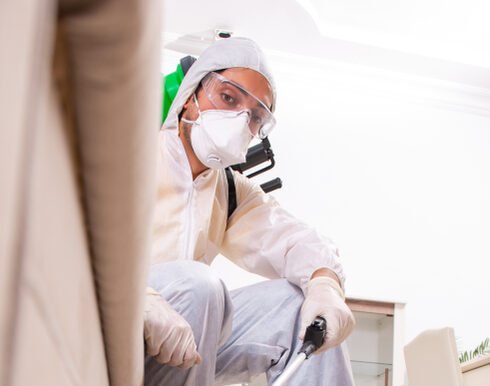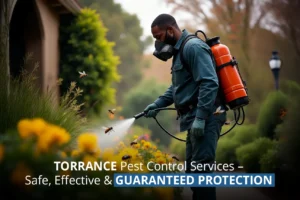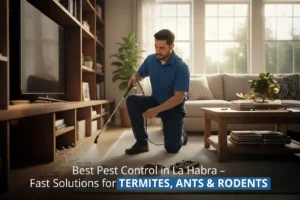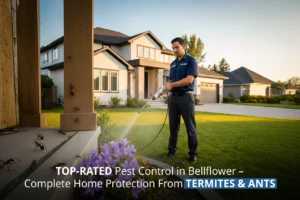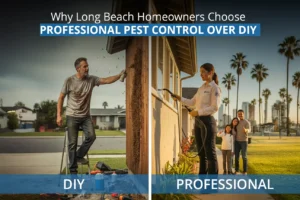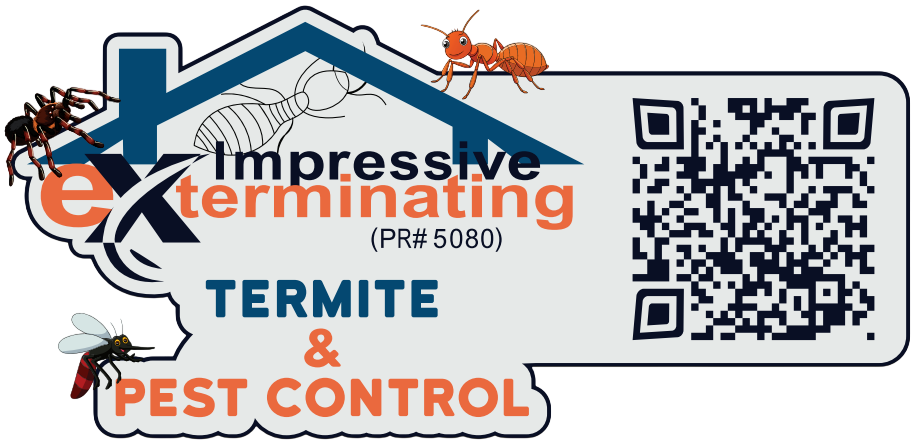Effective pest control techniques can protect plants against insects that cause damage. Pruning overcrowded plants or thinned planting can reduce diseases.
Physical pest control uses traps and barriers to repel or kill pests without using harmful chemicals. If used effectively, physical control methods may be quite successful, though usually only when monitoring, identification and action thresholds indicate less-risky controls are failing.
Physical Control
Physical pest control uses traps and other devices to catch or kill pests. Physical barriers or “pest proofing” premises are other physical methods used for controlling pests; these methods may prove more effective than chemical solutions while helping reduce chemical waste.
Repellents, which work by interfering with pests’ senses of smell, taste and touch to deter pests from coming indoors are another effective means of physical pest control. While repellents may work temporarily to deter insects, longer use may pose health risks to humans and animals if inhaled or consumed directly.
Chemical pesticides are synthetic substances designed to kill or repel pests. While they are often highly toxic and should be applied by a qualified pest control technician, repeated use may lead to resistance developing among insects as well as environmental pollution; so these substances should only be employed sparingly and only when other methods have failed.
Chemical Control
Chemicals are an umbrella category of substances designed to kill or repel pests. Algicides control algae growth in lakes, canals, swimming pools and water tanks while antifoulants prevent barnacles from attaching themselves to boats. Fungicides kill mildews and molds while herbicides kill unwanted weeds; insect growth regulators alter insect molting, maturation from egg to adult or other life cycle events; repellents prevent future insect and rodent pest infestation.
All pesticides are classified by their level of toxicity, which is determined by administering dosages of their active ingredients to test animals and observing any disruption of regular bodily functions. Persistence also plays an integral part in this assessment – how long it remains in the environment after application and how weathering and other natural processes impact it over time.
Biological Control
Biological Control (sometimes referred to as biocontrol) refers to the use of living organisms which predate or parasitize pest insects, mites, nematodes or weeds for use in agriculture, aquaculture, forest management, natural resource and stored product management systems. As part of an Integrated Pest Management (IPM) program it uses time honored techniques such as importation, augmentation and conservation approaches in order to lessen pest impacts on crop production.
Agriculture pests from other countries or regions often arrive without the natural enemies that would normally keep them under control. Through importation biological control, natural enemies from their country or region of origin are taken and inoculated into new environments where viable populations can establish themselves to suppress the pest over time.
Biological control products like Trichogramma wasps that parasitize moth eggs are widely available commercially to combat an array of invertebrate pests, vertebrates and weeds (van Lenteren 1993a; 2000b). Augmentative biological control involves periodic introductions of natural enemies into an ecosystem to break apart pest-natural enemy complexes; for instance releasing Trichogramma egg parasitoids against lepidopteran pests is one example of augmentative biological control.
Sterilization
Sterilization uses high-level disinfectants such as glutaraldehyde, ortho-phthalaldehyde (OPA), and hydrogen peroxide to kill germs and pests. Examples of such agents are glutaraldehyde, OPA and hydrogen peroxide.
Sterilizing is an effective means of disinfecting food preparation and serving environments, particularly restaurants and retail establishments where hygiene is critical. Unfortunately, however, it cannot remove most pests that have established themselves within a home environment where infestation has reached full-blown status.
When employing chemical methods to combat pests, it is imperative that professional services like Impressive Exterminating use safety guidelines and adhere to them strictly. Furthermore, it may be worthwhile seeking advice from specialists such as entomologists, public health officials, or customers who have used your services before making decisions on pest prevention measures themselves. Finally, share helpful prevention tips via blog posts or videos in your blog to empower readers to tackle minor pest problems while reminding them when it’s time to call in experts.

